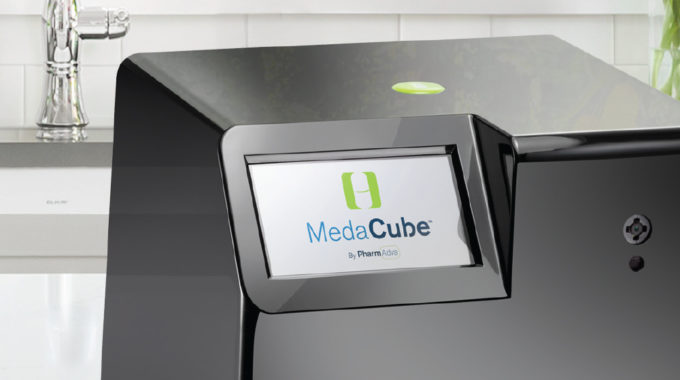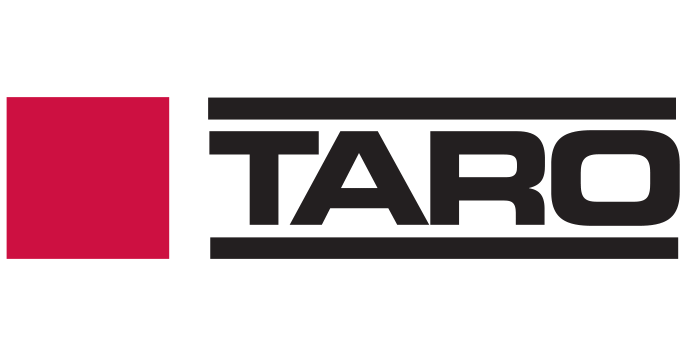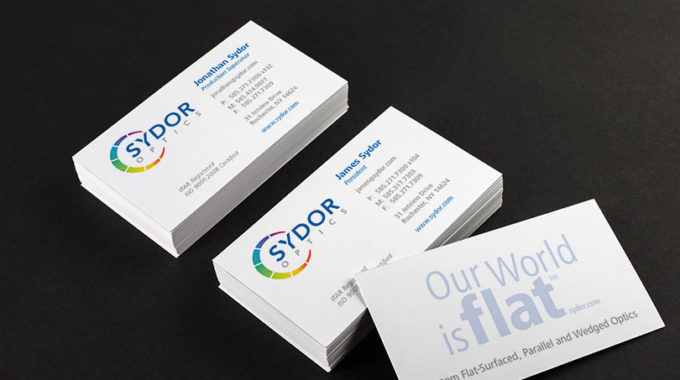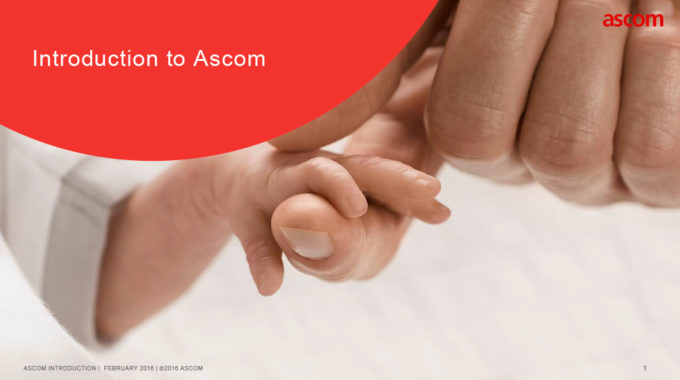Which is the master brand: the product or the company? In the case of MedaCube — an automated medication dispenser designed and manufactured by PharmAdva…
What every business needs. And how. (An inside look at AIGA‘s creative process.)
AIGA knows a thing or two about design.

As the largest and oldest association of professional designers in the United States, AIGA has invested considerable resources not only in making designers better, but also in making clients more comfortable with the creative process.
All of us are creative clients from time to time. And the following article was written specifically for creative clients by the design gurus at AIGA. We can all learn from their practical wisdom. A link to download the entire AIGA booklet is provided at the end of the article.
What every business needs. And how.
We offer you the following process as a way to make design an integral part of your business, and to allow designers to make your success an integral part of design. It will make you an even more sagacious client. It is a method for partnering, a guide to the most effective use of teams, and the most potent, efficient, reliable way to get from A to B when you are not quite sure what B is.
Its purpose is to clarify, assess and communicate the responsibilities and methods of the design process. It is a scalable, tried and true process, one which is suitable for solving any problem that requires creative thinking.
- Define the problem
Articulate a clear, actionable brief. If the problem to be solved is vague, the work will be generic. Over and out. This is the point at which you either inspire or confuse your team. Be as specific as possible, as this first step has a greater impact on the work than any other step you will take. Experienced designers will help you refine the brief because they will bring to it the clarity that leads to great work.
- Set clear objectives and define success
What is to be accomplished with the work you’re commissioning? Who is to be moved, and to do what? Setting clear metrics for success makes it more likely that you’ll achieve them.
- Define the approach
A well-articulated strategy is not only a roadmap for reaching your objectives, but also a way to clarify all team members’ responsibilities, avoiding both redundancies and dropped balls.
- Elicit buy-in and support
Who are the people who need to believe in the project and champion it? It is critical to build support early on rather than surprise people when it’s too late for them to contribute. They will be more likely to go to bat for you and to sanction whatever risks you need to take.
- Gather information
Immersion and research are critical to success. Share all the information you have with your team and let them live with you as needed to understand the relevant nuances of your customers and your business.
- Develop and prototype ideas
The role of a designer is to have ideas – and to inspire them in others. Designers are adept at “seeing” patterns and developing insights, and then visualizing them so others can understand them easily. During this phase, prototypes that illustrate the idea and link it to the objectives and the audience must be developed.
- Analyze the options
This is the time to put emotion and “ownership” of ideas aside and think through the ramifications of the concepts on the table. Invest in market testing if it makes sense.
- Make the important decisions
Whether or not you believe that numbers lie, numbers don’t take the place of experience and instinct. Make the choice of direction based on as much data as you can gather, and then on gut. The most practical direction isn’t always the best one. This is the moment to revisit your objectives and remind yourself that it’s not worth the time and effort to be just like everybody else in your industry.
- Mobilize the team
Once you’ve chosen the solution and have buy-in from the necessary people, the execution phase begins. Everyone gets their marching orders.
- Present to internal audiences
There are undoubtedly many people who will be critical to the success of the project. This is the time to share the objectives of the project and the proposed solution with them so that they can understand and support it.
- Take it public
By now all the plans for distributing the product should be in place. All efforts have led to this moment of unveiling.
- Evaluate success
Gather the team to take stock of what worked and what can improve. To the greatest extent possible, measure the success and collect data. Then change what you need to, and what you can.
Reprinted with permission of AIGA. Click here to download a printable copy of the booklet in PDF format.
Article Summary
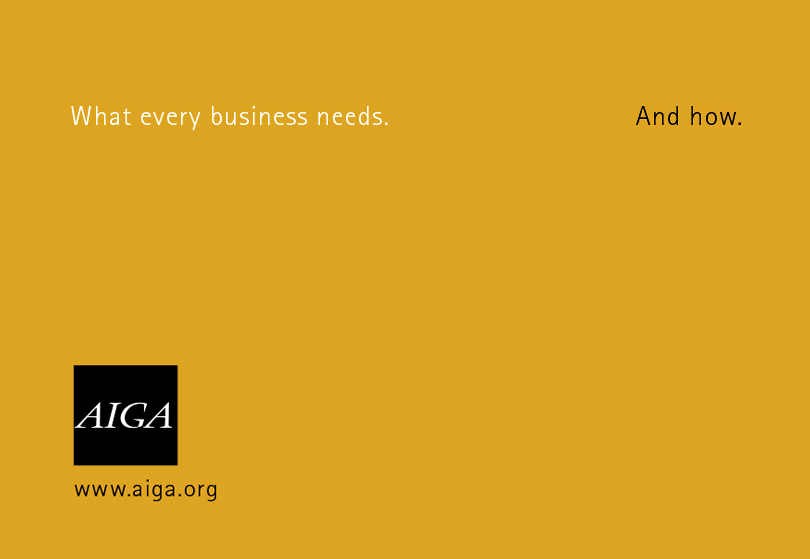
Name
What every business needs. And how.
Description
We offer you the following process as a way to make design an integral part of your business, and to allow designers to make your success an integral part of design. It will make you an even more sagacious client. It is a method for partnering, a guide to the most effective use of teams, and the most potent, efficient, reliable way to get from A to B when you are not quite sure what B is.
Author
AIGA
Publisher
AIGA


